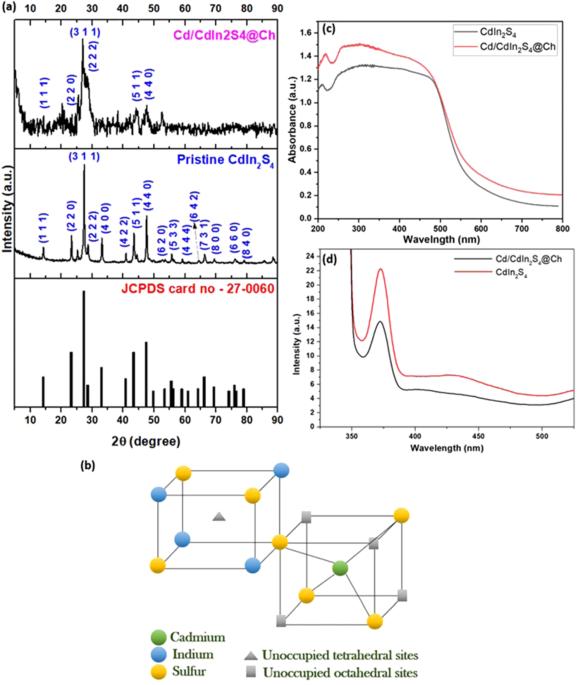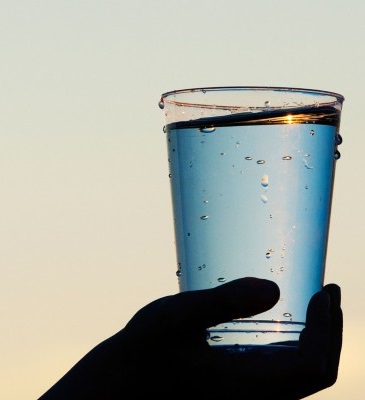Inorganic–organic hybrid quantum dots for AOP-mediated photodegradation of ofloxacin and para-nitrophenol in diverse water matrices
IF 10.4
1区 工程技术
Q1 ENGINEERING, CHEMICAL
引用次数: 0
Abstract
Due to concerns about the accessibility of clean water and the quality of treated wastewater, developing a suitable solution to enhance the water quality is critical. Thus, the current study focused on the synthesis of cadmium-doped CdIn2S4 incorporated in chitosan, forming Cd/CdIn2S4@Ch quantum dots using a solvothermal technique for the efficient photodegradation of hazardous pollutants like ofloxacin and para-nitrophenol through H2O2-mediated AOP. Cd/CdIn2S4@Ch quantum dots were characterized by several advanced methods, including XRD, PL, UV-DRS, FTIR, SEM, HR-TEM, XPS, DSC, TGA, EDX, and Elemental mapping analysis. The influence of varying reaction parameters, such as the effect of organic compounds, inorganic ions, and water matrices, was also investigated. The prepared composite showed outstanding photodegradation efficiency of 85.51 ± 1.35% and 96.70 ± 1.31%, with a rate constant of 0.02334 and 0.15134 min−1, which is about 1.24 and 2.07 times higher than pristine CdIn2S4 for ofloxacin and para-nitrophenol, respectively. The COD values were reduced to 80.67 ± 1.67% for ofloxacin and 88.36 ± 1.43% for para-nitrophenol, whereas the TOC values reduced to 73.49% and 86.34%, respectively, from their initial values. The improved performance is ascribed to the encapsulation of CdIn2S4 by chitosan, leading to the self-doping of cadmium into the photocatalyst, as the incorporated cadmium doping site can generate a local electron accumulation point, improving the charge separation efficacy and surface charge mitigation capability of chitosan nanosheets even further. The scavenger experiments showed that hydroxyl and superoxide radicals played a significant part in the photodegradation of contaminants. Additionally, the quantum dots showed excellent constancy and were recyclable up to six times, suggesting exceptional stability and reusability of the manufactured photocatalyst. The fabricated Cd/CdIn2S4@Ch quantum dots could be an excellent photocatalyst for removing organic pollutants from wastewater in the near future.


无机-有机杂化量子点对氧氟沙星和对硝基酚在不同水基质中光降解的研究
由于对清洁水的可及性和处理过的废水的质量的关注,开发一种适当的解决方案来提高水质至关重要。因此,目前的研究重点是在壳聚糖中合成镉掺杂的CdIn2S4,利用溶剂热技术形成Cd/CdIn2S4@Ch量子点,通过h2o2介导的AOP有效地光降解氧氟沙星和对硝基酚等有害污染物。采用XRD、PL、UV-DRS、FTIR、SEM、HR-TEM、XPS、DSC、TGA、EDX和元素图分析等方法对Cd/CdIn2S4@Ch量子点进行了表征。考察了有机化合物、无机离子、水基质等不同反应参数的影响。复合材料对氧氟沙星和对硝基苯酚的光降解效率分别为85.51±1.35%和96.70±1.31%,速率常数分别为0.02334和0.15134 min−1,分别是原始CdIn2S4的1.24和2.07倍。氧氟沙星和对硝基苯酚的COD分别降至80.67±1.67%和88.36±1.43%,TOC分别降至73.49%和86.34%。由于壳聚糖对CdIn2S4进行了包封,使得镉自掺杂到光催化剂中,镉掺杂位点可以产生局部电子蓄积点,进一步提高了壳聚糖纳米片的电荷分离效率和表面电荷缓释能力。清除剂实验表明,羟基和超氧自由基在污染物的光降解中起重要作用。此外,量子点表现出优异的稳定性,可回收多达六次,表明制造的光催化剂具有优异的稳定性和可重复使用性。制备的Cd/CdIn2S4@Ch量子点在不久的将来可能成为去除废水中有机污染物的优良光催化剂。
本文章由计算机程序翻译,如有差异,请以英文原文为准。
求助全文
约1分钟内获得全文
求助全文
来源期刊

npj Clean Water
Environmental Science-Water Science and Technology
CiteScore
15.30
自引率
2.60%
发文量
61
审稿时长
5 weeks
期刊介绍:
npj Clean Water publishes high-quality papers that report cutting-edge science, technology, applications, policies, and societal issues contributing to a more sustainable supply of clean water. The journal's publications may also support and accelerate the achievement of Sustainable Development Goal 6, which focuses on clean water and sanitation.
文献相关原料
| 公司名称 | 产品信息 | 采购帮参考价格 |
|---|
 求助内容:
求助内容: 应助结果提醒方式:
应助结果提醒方式:


